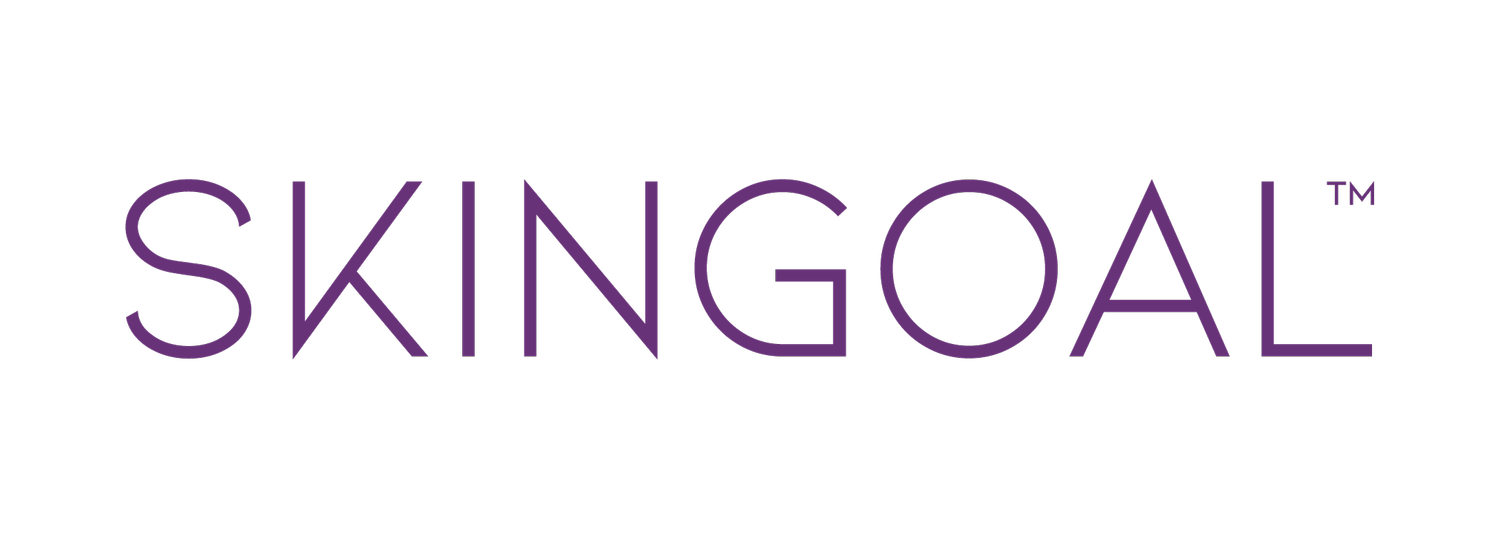What is salicylic acid and should I use it on my skin?
There are a few basic steps we should all take, at a minimum, to give our skin its best chance to glow and grow. One of these is daily exfoliation using some form of skin-friendly acid. And one skin-friendly acid I rather like, when done right, is salicylic acid.
What is salicylic acid? Well, if you want to get all science-y about this, salicylic acid is a beta-hydroxy acid (a BHA) that helps promote the skin’s natural exfoliation process. It’s derived from willow bark and can also be manufactured synthetically, It has anti-inflammatory and antibacterial properties, which means it’s really great for people prone to breakouts or acne. It is, as the name indicates, a salicylate, so if you’re allergic to aspirin, you should avoid salicylic acid too.
What is the skin’s natural exfoliation process, and why do I need to do more?
Your skin is in a constant state of renewal - old cells die away and are pushed off the skin’s surface as new cells are generated. This is particularly rapid in young skin, hence the ‘fresh faced youth’ we all take for granted, until we’re suddenly not so fresh faced. As we age, skin cell renewal slows down. The dead skin cells aren’t cast away so quickly and can lead to dullness and dehydration, as we can’t get hydrating serums or creams though to the cells that need them, because the path is blocked by the build-up of debris. It sounds a bit icky, I agree, but actually all this means is that it’s a process we can affect, with regular exfoliation using an appropriate acid. Even younger skins, particularly those prone to breakouts, benefit from some additional help with exfoliation, as long as it’s done gently.
What does salicylic acid do?
Salicylic acid penetrates deep into pores, cleaning out the build up of debris that dulls skin and makes pores fuller and more noticeable. It also, as previously said, loosens dead skin cells and clears the debris frrom our uppermost layers of skin. A side-effect of this is that it reduces sebum secretion, which can help with oily skin and breakouts, and it reduces inflammation and redness. An all round win, you might say.
Salicylic acid is ideal for all skins, but you need to take care when first introducing it to your skincare regime. It can cause irritation if used at too high a dose, or too frequently, before your skin has the opportunity to adjust to it.
How do we use salicylic acid at SkinGoal?
I built salicylic acid into two of my cleansing products: Prep Wash and Prep Power. Prep Wash is the one all my clients love and get on brilliantly with. It positively walks out the door. It’s so easy - just smooth a pump of the gel over your face each morning and leave for a couple of minutes (one of my clients times this by taking that moment to apply her oestrogen gel to her arms - she says by the time it’s all rubbed in, she’s ready to wash her face!) and then rinse away with warm water and a muslin cloth.
Prep Power contains a stronger dose of salicylic acid, so it’s not an entry-level exfoliator, but its still very gentle. It’s great for oily and blemish-prone skin, and ageing skin that needs extra help boosting the cell regeneration process and cleaning out those pores. It’s deep cleansing and powerfully proactive. I recommend clients start with Prep Wash, then progress to Prep Power when they’ve strengthened their skin a little, and start with just a few times a week. In no time at all you’ll be using it morning and night and LOVING the results! Because it’s a BHA, it’s also great for cutting through oils from makeup - and as we age, we do start to use more creams than powders, so it is harder to ensure it’s all thoroughly cleansed away and not contributing to the dehydration or dulling of skin.
So there you go - salicylic acid is a key product in our fight against over-rapid ageing. Of all the things we can do to our skin to boost its glow, exfoliating is right up at the top of the list.

